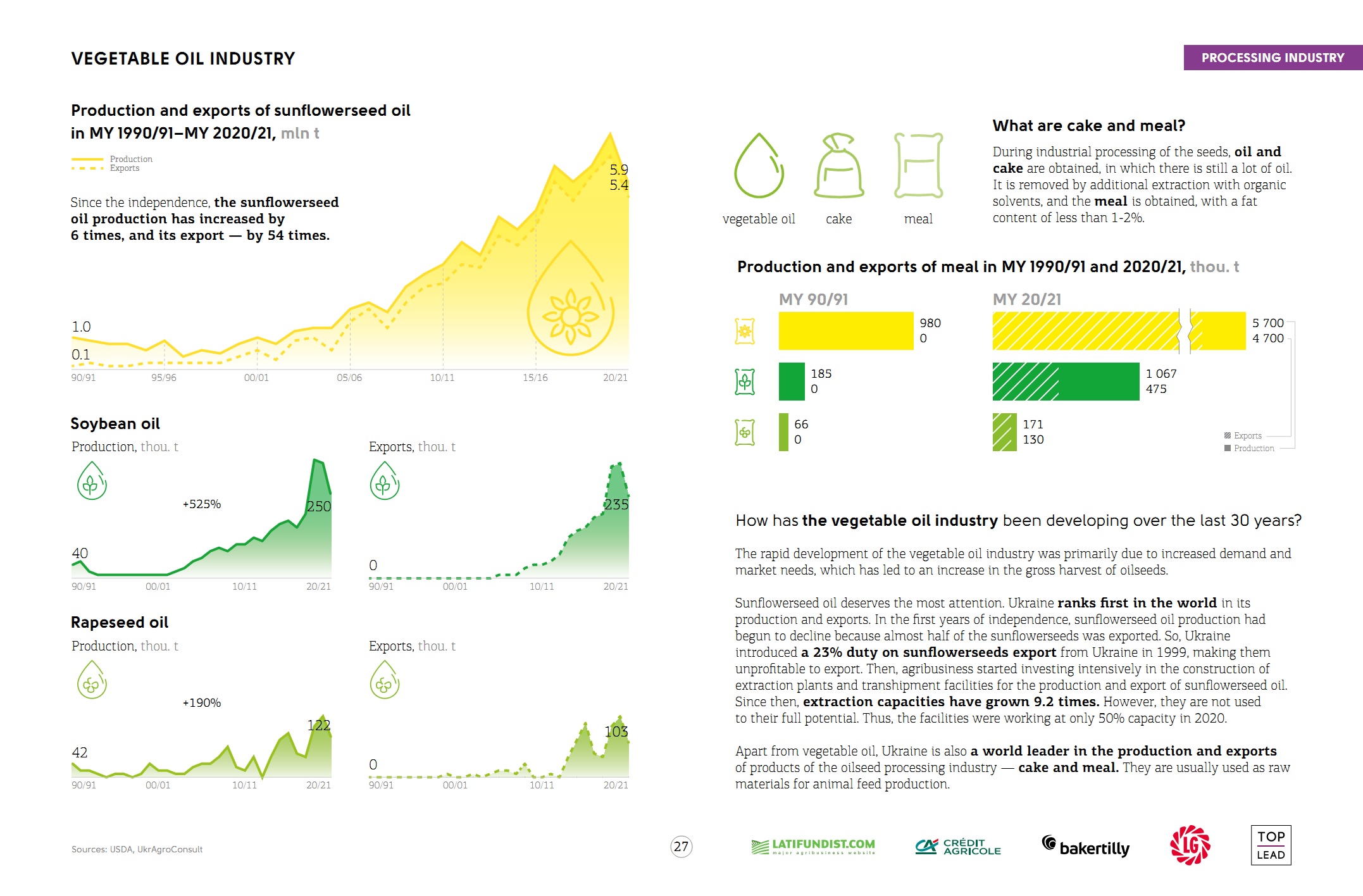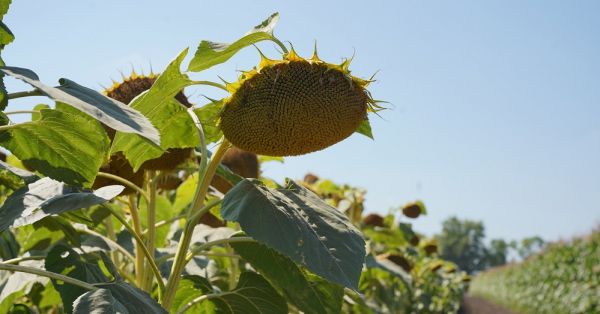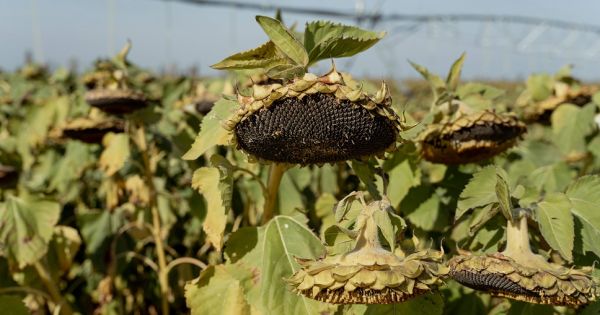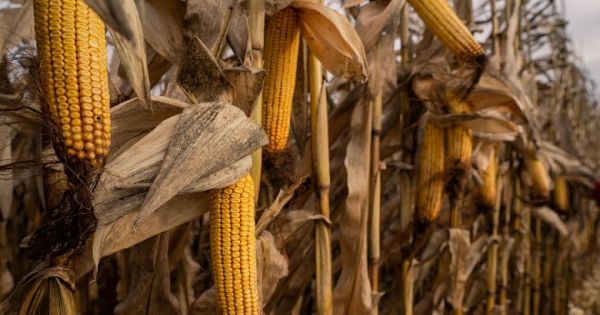Vegoils price index dragged down by weaker palm and sunflower oil prices
The FAO Vegetable Oil Price Index averaged 178.5 points in December, shedding 6.1 points (or 3.3%) from recent record highs.
Reportedly, the decline was driven by weakening palm and sunflower oil prices, while soy and rapeseed oil values remained virtually unchanged month-on-month.
International palm oil prices fell in December, primarily reflecting subdued global import demand amid concerns over the impact of rising COVID-19 cases, FAO analysts mark. Meanwhile, international sunflower oil quotations were also weaker, reflecting demand rationing.
By contrast, world soy and rapeseed oil prices maintained their strength, largely underpinned by, respectively, firm import demand primarily from India and protracted global supply tightness. For 2021 as a whole, the FAO Vegetable Oil Price Index averaged 164.8 points, up as much as 65.4 points (or 65.8%) from 2020 and marking an all-time annual high.
Previously reported that scarce sales of raw materials by farmers, sunflowerseeds, will put additional pressure on the Black Sea sunflower oil market.
In late December, the Government of Ukraine imposed price regulation on sunflower oil having added it to the list of goods of significant social importance.
Crude sunflower oil production in Ukraine in 2020/21 totalled 4.7 mln t. Refined sunflower oil output by crushers in Ukraine made up 745.3 thou. t.
Related:
-
Record Harvest in Ukraine, Unstable Gas Prices and Dioxins
-
Sunflowerseeds Processing in Ukraine. Market Leaders Have the Final Say
-
Ukrainian Vegetable Oil Market Review 2021: Exports, Production, Prices
-
New Season Sunflower Trends: Time and Space Shifts
-
Inside view: Vegetable Oil Refinery and Deodorization Plant




